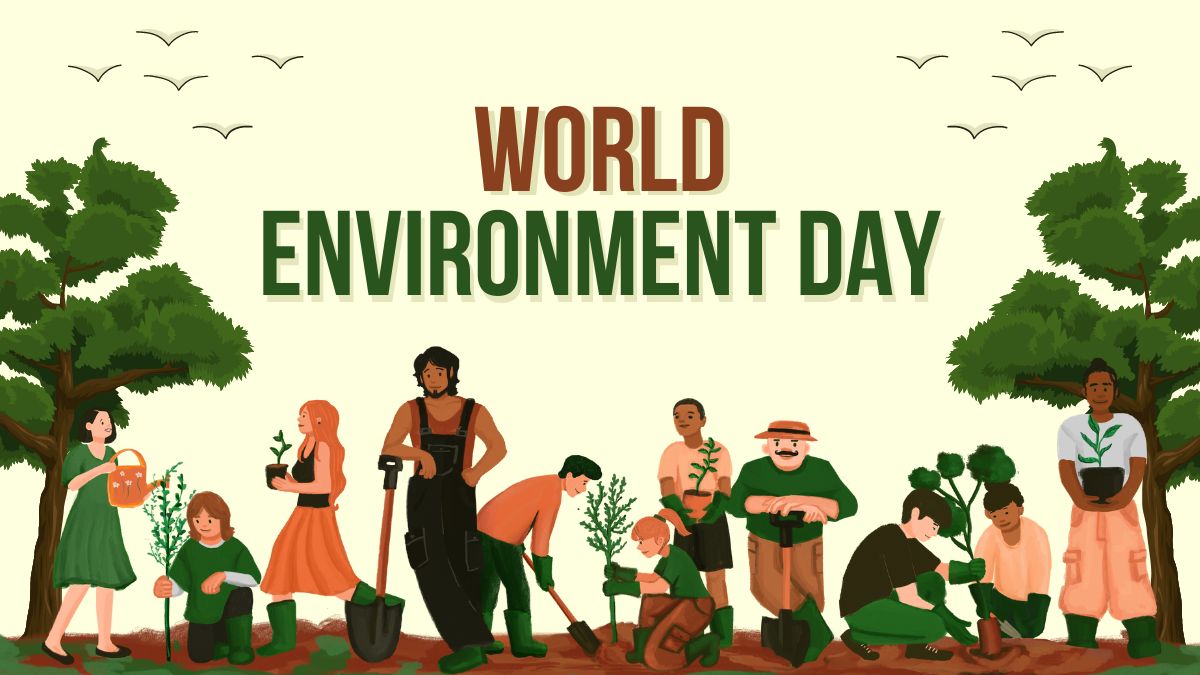World Environment Day 2024: Land Restoration, Desertification, and Drought Resilience
Every year on June 5th, the world comes together to celebrate World Environment Day, a global initiative led by the United Nations to promote environmental awareness and action. This year, the theme is “Land Restoration, Desertification, and Drought Resilience.” The focus is on rejuvenating our planet’s land, preventing the expansion of deserts, and bolstering our resilience to water shortages. This theme underscores the importance of trees, healthy soil, and clean water in sustaining a vibrant and thriving Earth.
The Importance of Land Restoration
Land restoration involves reclaiming and rehabilitating degraded land to its natural state, ensuring that it can support biodiversity and human life. Degraded lands are often the result of deforestation, unsustainable agricultural practices, urbanization, and industrial activities. Restoration activities can include reforestation, soil improvement, and the reintroduction of native plant species.
Healthy land provides numerous benefits:
- Biodiversity: Restored lands support diverse ecosystems, offering habitats for a variety of species.
- Climate Regulation: Vegetation and healthy soils act as carbon sinks, helping mitigate climate change.
- Agricultural Productivity: Fertile lands are essential for food production, sustaining both local and global food security.
Combating Desertification
Desertification is the process by which fertile land becomes desert as a result of drought, deforestation, or inappropriate agriculture. It is a significant environmental challenge that threatens livelihoods and food security, particularly in arid and semi-arid regions.
Strategies to combat desertification include:
- Sustainable Land Management: Implementing practices that maintain and improve the health of the land, such as crop rotation, agroforestry, and the use of organic fertilizers.
- Water Conservation Techniques: Using efficient irrigation methods and rainwater harvesting to maximize water use.
- Community Engagement: Empowering local communities to take part in land management and restoration activities.
Building Drought Resilience
Drought resilience involves the ability to anticipate, prepare for, and respond to prolonged periods of water scarcity. Climate change has made droughts more frequent and severe, posing a significant risk to agriculture, water supply, and ecosystems.
Key components of drought resilience include:
- Water Management: Developing sustainable water management plans that include the conservation and efficient use of water resources.
- Diversified Agriculture: Encouraging the cultivation of drought-resistant crops and the use of farming practices that conserve water.
- Infrastructure Development: Investing in infrastructure such as reservoirs, desalination plants, and water recycling systems to secure water supply.
The Role of Trees, Soil, and Water
Trees: Trees are vital for land restoration and combating desertification. They stabilize soil, prevent erosion, and improve groundwater recharge. Forests act as carbon sinks, sequestering carbon dioxide from the atmosphere and mitigating climate change.
Healthy Soil: Soil health is crucial for sustaining plant life and maintaining ecosystem services. Practices such as composting, reduced tillage, and cover cropping can enhance soil fertility and structure, supporting plant growth and water retention.
Clean Water: Access to clean water is fundamental for human health, agriculture, and ecosystem function. Protecting water sources from pollution and managing water resources sustainably are essential for building drought resilience.
Taking Action for a Sustainable Future
Addressing the challenges of land restoration, desertification, and drought resilience requires collective action at local, national, and global levels. Governments, businesses, communities, and individuals all have roles to play. Here are some actions we can take:
- Support Reforestation Projects: Participate in or donate to organizations that plant trees and restore forests.
- Adopt Sustainable Practices: Use water-saving techniques, reduce waste, and choose sustainable products.
- Educate and Advocate: Raise awareness about the importance of land restoration and water conservation, and advocate for policies that protect the environment.
Conclusion
World Environment Day 2024 reminds us of the critical need to restore our lands, prevent desertification, and build resilience against drought. By prioritizing the health of our trees, soil, and water, we can ensure a sustainable future for generations to come. Let us all take action and contribute to the health of our planet, turning this year’s theme into reality.

